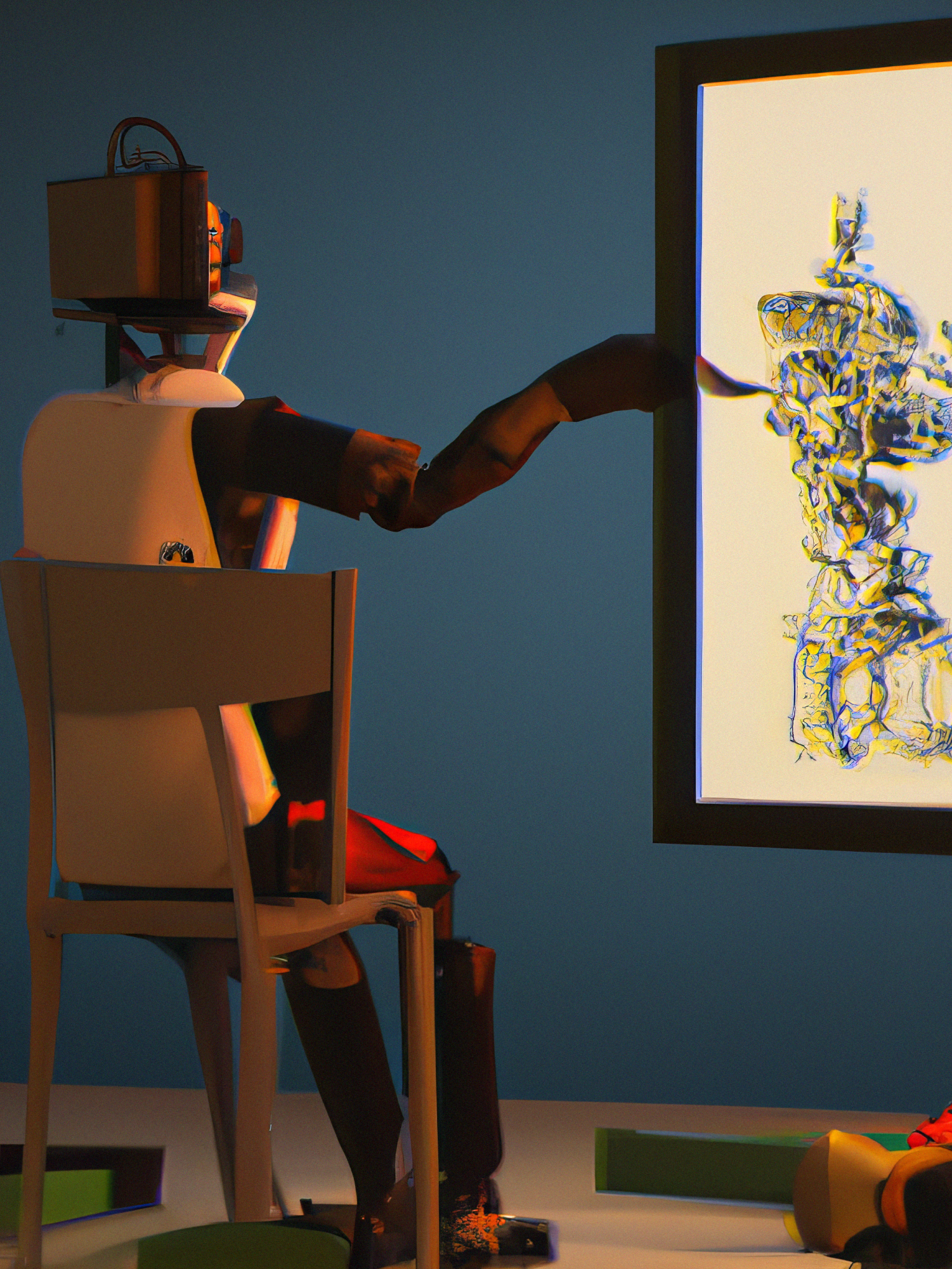AI that makes images: 10 Breakthrough Technologies 2023
AI models that generate stunning imagery from simple phrases are evolving into powerful creative and commercial tools.
WHO
OpenAI, Stability AI, Midjourney, Google
WHEN
Now
OpenAI introduced a world of weird and wonderful mash-ups when its text-to-image model DALL-E was released in 2021. Type in a short description of pretty much anything, and the program spat out a picture of what you asked for in seconds. DALL-E 2, unveiled in April 2022, was a massive leap forward. Google also launched its own image-making AI, called Imagen.
This story is only available to subscribers.
Don’t settle for half the story.
Get paywall-free access to technology news for the here and now.
Subscribe now
Already a subscriber?
Sign in
You’ve read all your free stories.
MIT Technology Review provides an
intelligent and independent filter for the
flood of information about technology.
Subscribe now
Already a subscriber?
Sign in
Yet the biggest game-changer was Stable Diffusion, an open-source text-to-image model released for free by UK-based startup Stability AI in August. Not only could Stable Diffusion produce some of the most stunning images yet, but it was designed to run on a (good) home computer.
By making text-to-image models accessible to all, Stability AI poured fuel on what was already an inferno of creativity and innovation. Millions of people have created tens of millions of images in just a few months. But there are problems, too. Artists are caught in the middle of one of the biggest upheavals in a decade. And, just like language models, text-to-image generators can amplify the biased and toxic associations buried in training data scraped from the internet.
The tech is now being built into commercial software, such as Photoshop. Visual-effects artists and video-game studios are exploring how it can fast-track development pipelines. And text-to-image technology has already advanced to text-to-video. The AI-generated video clips demoed by Google, Meta, and others in the last few months are only seconds long, but that will change. One day movies could be made just by feeding a script into a computer.
Nothing else in AI grabbed people’s attention more last year—for the best and worst reasons. Now we wait to see what lasting impact these tools will have on creative industries—and the entire field of AI.
No one knows where the rise of generative AI will leave us. Read more here.
